Celosia Armor Yellow Dwarf hybrid Pack of 50 seeds Imported
₹70.00
In stock
SKU: Celosia Armor Yellow
Categories: Summer Flower seeds, Winter Flower Seeds
Steps:
- Celosia Armor Yellow Selecting Seeds:
- Choose celosia seeds from a reputable source. Celosia comes in various varieties, including plumed, crested, and spiked forms, each with its unique flower shape and color.
- Celosia Armor Yellow Seed Starting Mix:
- Fill seed trays or small pots with a well-draining seed starting mix or a mixture of potting soil and perlite. Celosia prefers soil that is light and airy.
- Planting Seeds:
- Sow celosia seeds on the surface of the soil. Press them gently into the soil but do not cover them, as they require light to germinate.
- Covering Seeds:
- Cover the seed trays or pots with plastic wrap or a humidity dome to create a warm and humid environment for germination. This helps retain moisture and encourages seed germination.
- Germination:
- Place the seed trays or pots in a warm location. Celosia seeds typically germinate in 7-14 days. Once germination occurs, remove the plastic cover.
- Lighting:
- Move the seedlings to a location with bright light. If using artificial light, provide 12-16 hours of light per day. If using natural light, place them in a sunny windowsill.
- Watering:
- Keep the soil consistently moist but not waterlogged. Water the seedlings from the bottom to prevent damping off. Use a watering can or spray bottle.
- Transplanting:
- When the celosia seedlings have developed a few sets of true leaves and are large enough to handle, transplant them into larger pots or directly into the garden. Space them according to the specific variety’s recommendations.
- Outdoor Transplanting:
- Transplant the celosia outdoors after the last frost has passed. Choose a location with well-draining soil and full sunlight.
- Caring for Outdoor Plants:
- Water the plants regularly, providing about 1-1.5 inches of water per week. Fertilize with a balanced fertilizer according to the package instructions. Mulching around the plants can help retain moisture and suppress weeds.
- Support Structures:
- Some larger celosia varieties may benefit from support structures such as stakes or cages to prevent bending or breaking of the stems.
- Deadheading (Optional):
- Deadhead spent flowers to encourage continuous blooming throughout the growing season. This may not be necessary for all varieties.
Be the first to review “Celosia Armor Yellow Dwarf hybrid Pack of 50 seeds Imported” Cancel reply
You must be logged in to post a review.



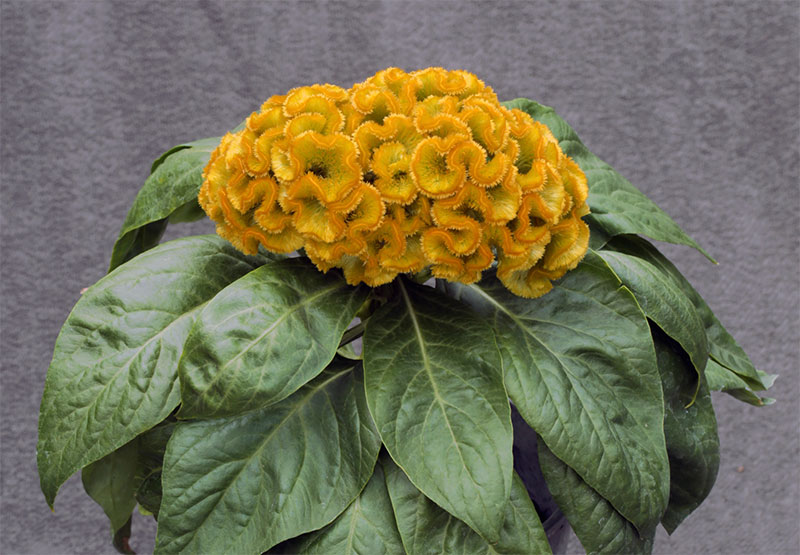
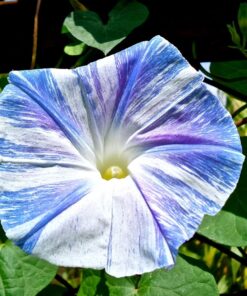

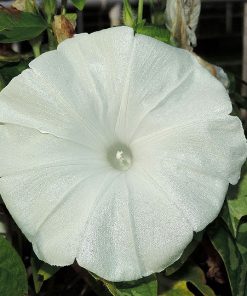
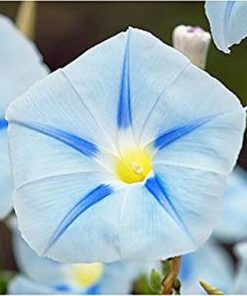
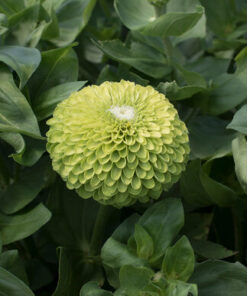
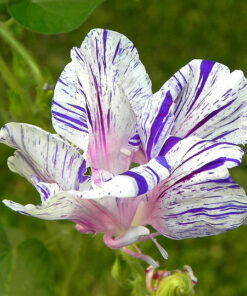
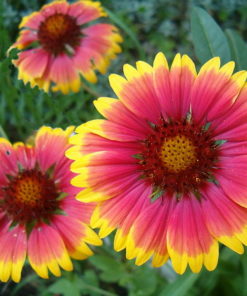
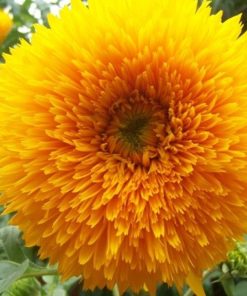
Reviews
There are no reviews yet.